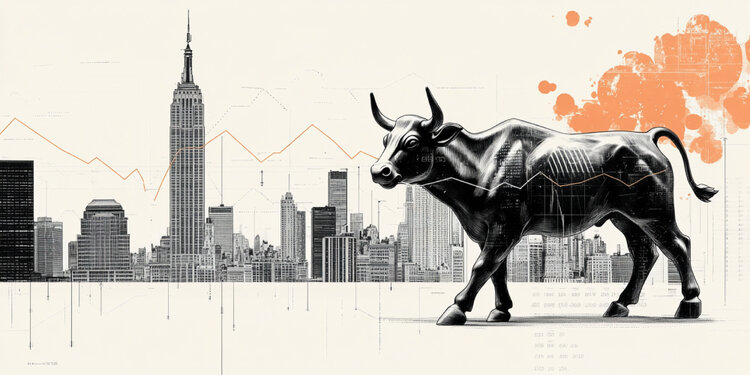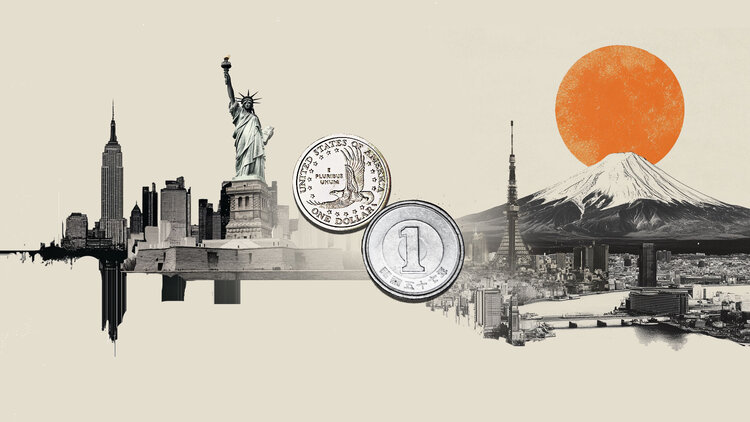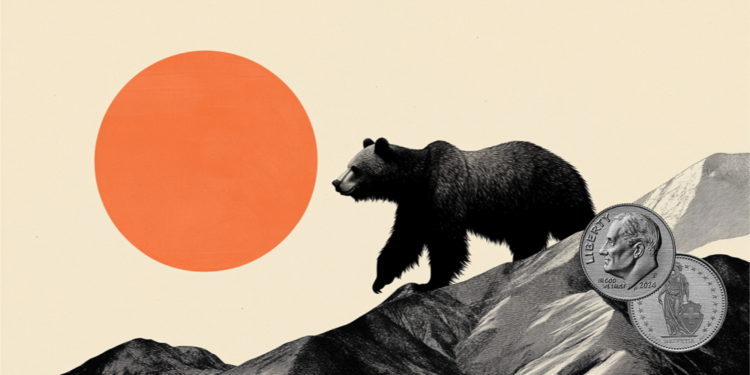Life and death, so close as to touch. On mountain peaks, as well as in hospital wards. Hubert Messner, the “favorite brother” of the mountaineer Reinhold, a “tenacious cross-country skier”, knows it well: mountain enthusiast and adventurous enterprises (including risky expeditions to the Himalayas, Greenland, Mongolia and the North Pole), he is also a doctor neonatologist (now retired), head physician, at the Bolzano hospital, of one of the most renowned neonatal intensive care units in Europe. “On the edge of the ridge” (Edition Raetia) his first book, tells the story of the mountains, the expeditions alongside Reinhold Messner, but also his profession, the most difficult cases and the struggle for survival of many children who came into the world too early.
You have seen many children die in your long career.
«In neonatology, unfortunately, not all babies survive. It was very hard to accept that a very young patient could die in my hands, a defeat, a thought from which it was difficult to get out. But over time, and with the help of older doctors, we learn that this too can happen: that if these little ones don’t have enough energy, we have to let them go. Dying is part of life.”
Is it necessary to maintain a fair distance?
“It is essential to do so: when you go home, you must be able not to carry the problems of the department and its emotions with you”.
Could she do it?
«When I was a very young doctor I was less able to do it, then I realized how necessary it was. To “disconnect”, I put on my shoes, went into the woods and started running. Upon my return I was finally, again, in balance, and only in this way was I able to be mentally present in the family. However, when I became head physician and I also had to cover administrative and political roles, I no longer had the time to follow critically ill patients: I was less on the front line. So, even though the doctors on the ward were very good, I started taking all the patients’ problems home with me again. The children followed me relentlessly. This is one of the reasons why I decided to retire».
What teaching of the mountain has come in handy in your work?
«In the mountains, the relationship with life is lived very intensely. The mountain teaches you to be responsible for yourself and for your partner, it teaches you to trust yourself and others. It’s what is needed in my work too: trust in the little ones and in their energy, as well as in one’s own experiences and abilities».
In the mountains, his brother Günther met his death.
«When we were young we felt immortal: we thought that none of us could die in the mountains. Gunther’s premature death was, for the whole family, a trauma that has accompanied us for a long time. The mountain leads to extreme experiences that help you understand your limits, but it also imposes a lot of humility. And it is precisely this humility that allows you to return to the mountains, despite everything».
Have you ever underestimated a child’s resilience?
“Yes, it has happened and, although I have always tried to give the little ones every chance, there were times when survival seemed on the edge. And instead, the children unleashed a vital energy that allowed them to make it. Unfortunately, the opposite also happens. Babies can also die very quickly.”
What is the energy you are talking about?
«You see, in the 70s and 80s we thought it was better to give the most fragile children immediate respiratory aid. Over time we have understood that the little ones can have incredible energy and, even if their breathing is more difficult, they can do many things on their own, without being intubated or ventilated. They move, they look at you. In the same way, there are those who show that they no longer have energy: they let themselves go, close their eyes and don’t move anymore”.
You also found yourself in the NICU as a dad: Alex, your firstborn, came into the world too early. What did this story teach you?
«It was an emotional and professional challenge: I was both a father and a doctor, and I lived the experience that the parents of my patients go through, with the same fears, insecurities, the fear of a possible handicap. And this helped me to better understand these mothers and fathers, to be close to them, without many words, but listening to them, trying to lend a hand, to make them stronger. With the parents of young patients, you need to have time, listen, be optimistic, but also pragmatic and realistic».
If a child has a malformation, the woman can miscarry even at a more advanced gestational age. What do you think about the abortion?
«I think that it should only be the woman who decides, not the male, nor the priest. We doctors, after a long discussion, try to understand her reasons and her psychological situation, but if the woman decides to interrupt her pregnancy and this seems to be the only possible way, we must support her. What is certain is that, if the malformation is operable in the first months of life and is not so serious, the expectant mother usually carries on with the pregnancy».
When is a life worth living?
«I give everything for each patient, but as a doctor I have to understand when a child just can’t enter life. I must not only follow the religious concept of the sacredness of existence, but also take into account the secular point of view, and evaluate the patient’s quality of life. If a child survives only thanks to medical technology, I think he has the right to be accompanied to death, or to be let go. You have to be able to change your focus when a child can’t cross that bridge, even with our help.”
And what are the parameters to consider a “quality” life?
«For me, a good life is one in which you can communicate and have social relationships. What does it matter, however, if you don’t run 100 meters in 10 seconds».
Source: Vanity Fair
I’m Susan Karen, a professional writer and editor at World Stock Market. I specialize in Entertainment news, writing stories that keep readers informed on all the latest developments in the industry. With over five years of experience in creating engaging content and copywriting for various media outlets, I have grown to become an invaluable asset to any team.







